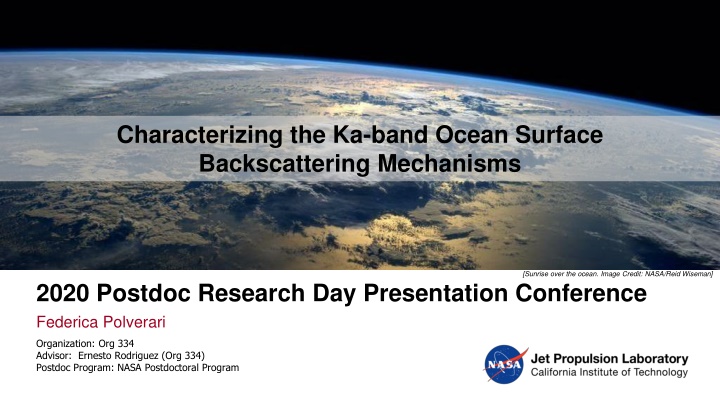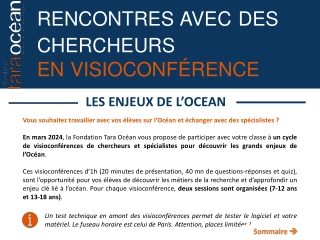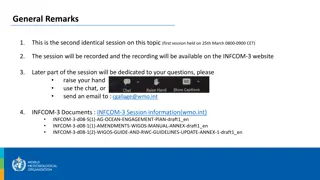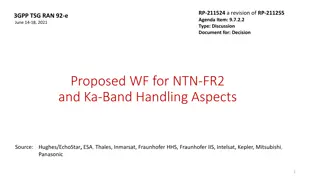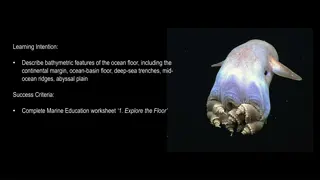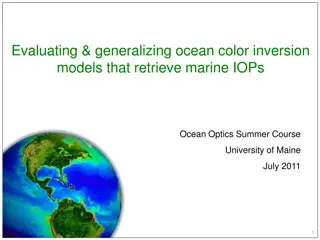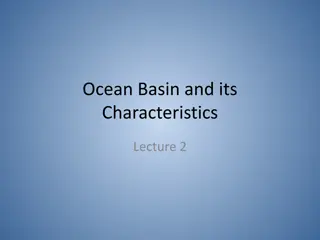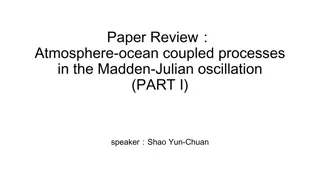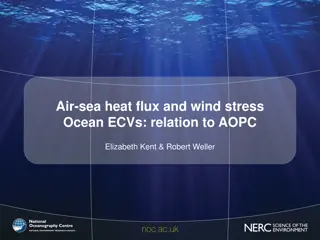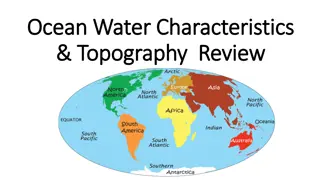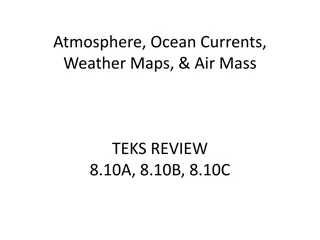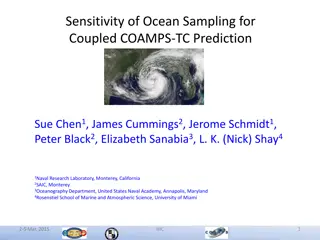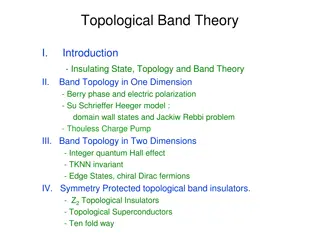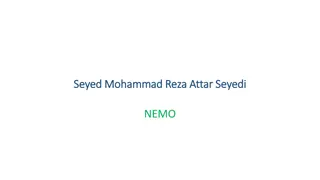Advancing Ka-band Ocean Surface Backscattering Analysis
Improving air-sea interaction knowledge is crucial for climate understanding. The Ka-band DopplerScatt instrument by NASA JPL aims to enhance wind and current measurements. A new Ka-band model function based on empirical data from WHOI ASIT experiment offers insight into backscatter behavior. Ongoing research focuses on exploring geophysical variability in Ka-band backscatter for enhanced wind capabilities.
Download Presentation

Please find below an Image/Link to download the presentation.
The content on the website is provided AS IS for your information and personal use only. It may not be sold, licensed, or shared on other websites without obtaining consent from the author.If you encounter any issues during the download, it is possible that the publisher has removed the file from their server.
You are allowed to download the files provided on this website for personal or commercial use, subject to the condition that they are used lawfully. All files are the property of their respective owners.
The content on the website is provided AS IS for your information and personal use only. It may not be sold, licensed, or shared on other websites without obtaining consent from the author.
E N D
Presentation Transcript
Characterizing the Ka-band Ocean Surface Backscattering Mechanisms [Sunrise over the ocean. Image Credit: NASA/Reid Wiseman] 2020 Postdoc Research Day Presentation Conference Federica Polverari Organization: Org 334 Advisor: Ernesto Rodriguez (Org 334) Postdoc Program: NASA Postdoctoral Program
Introduction Improving our knowledge of the air-sea interaction processes is essential for understanding, modelling and predicting the Earth s climate and weather. The 2017 National Academy s Decadal Survey recognizes the need for joint ocean surface vector wind and current measurements to advance the understanding of the atmosphere-ocean coupling. Doppler Scatterometry has been recognized as potential approach to provide simultaneous measurements of ocean surface vector winds and currents. [Air-Sea Interaction processes. Image from Woods Hole Oceanographic Institution, Coupled Boundary Layers/Air-Sea Transfer Defense Research Initiative. https://www.whoi.edu/science/AOPE/dept/CBLASTmain.html]
Problem Description The NASA Jet Propulsion Laboratory (JPL) DopplerScatt instrument is an airborne Ka-band pencil-beam Doppler scatterometer able to provide both ocean surface winds and currents [DopplerScatt PI: Dr. Dragana Perkovic-Martin, JPL] Physical understanding and modelling from Ka-band wind scatterometry is still challenging. In addition in-situ measurements are sparse, they can be limited in time and wind/wave/weather conditions. An accurate characterization of the Ka-band backscattering mechanisms will: Help to improve the DopplerScatt wind retrieval process; Improve our understanding of Ka-band capabilities towards a spaceborne Ka-band winds and currents mission.
Methodology We develop a new Ka-band empirical Geophysical Model Function (GMF) which maps the surface backscatter to ocean surface winds [Yurovsky et al., 2016]. ? : Normalized Radar Cross Section ? : incidence angle ?: Wind direction ?: Wind speed log? =?0?,? + ?1?,? cos? + ?2?,? cos2? The GMF is based on a completely new data set, collected during the Woods Hole Oceanographic Institution (WHOI) Air Sea Interaction Tower (ASIT) experiment (Oct. 20th, 2019 - Jan. 15th, 2020), which includes: Ka-band Doppler scatterometer (KaBODs) [Prof. Paul Siqueira, University of Massachusetts, Amherst]. Six sonic anemometers at different heights [Dr. James Edson, WHOI]. This new GMF along with the new ASIT data set offers the unique opportunity to study the Ka-band backscatter in different wind/wave/weather conditions. [Air-Sea Interaction Tower. Photo by Jayne Doucette, Woods Hole Oceanographic Institution (WHOI) : https://www.whoi.edu/instruments/gallery.do?clid=6 132&iid=8987&mainid=17934]
Results A new Ka-band model function has been developed. Previous models [Yurovsky et al., 2016] seem to not reproduce the ASIT backscatter observations behavior. The large residual standard deviation suggests that there is an intrinsic geophysical variability in the Ka- band backscatter that has not been explored yet. Fig. 1. Comparison among the ASIT backscatter observations (?0??? ), the new ASIT GMF and the Ka-band model by Yurovsky et al., 2016 (Y16 GMF). Ongoing/next steps: Understanding the source of the geophysical variability in the Ka-band backscatter is important to advance our knowledge in the Ka-band wind capabilities for potential spaceborne Ka-band wind measurements. Fig. 2. Residuals probability density function (PDF) between the ASIT ?0??? and the ASIT GMF. The mean (??? ), standard deviation (??? ) and points number (N) are shown in the legend.
Publications and Acknowledgements I would like to thank: The NASA Postdoctoral Program (NPP). Dr. Ernesto Rodriguez, Jet Propulsion Laboratory, California Institute of Technology, NPP research advisor. The NASA Earth Ventures Suborbital-3 Submesoscale Ocean Dynamics Experiment (S-MODE) project PI J. Thomas Farrar, Woods Hole Oceanographic Institution. The ASIT data have been collected under the NASA S-MODE project. Prof. Paul Siqueira, University of Massachusetts Amherst, for providing the KaBODs data. Dr. James Edson, Woods Hole Oceanographic Institution, for providing the ASIT anemometers s data. Dr. Dragana Perkovic-Martin, Jet Propulsion Laboratory, California Institute of Technology, DopplerScatt PI. Alexander Wineteer, Jet Propulsion Laboratory, California Institute of Technology. Federica Polverari, Alexander Wineteer, Ernesto Rodriguez, Characterization and modeling of the Ka-band sea surface radar backscattering using scatterometer measurements from the Air-Sea Interaction Tower experiment , Remote Sensing, (in prep.)
